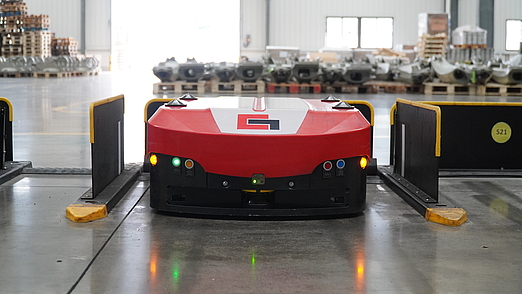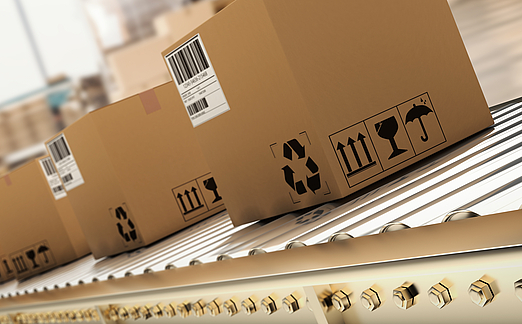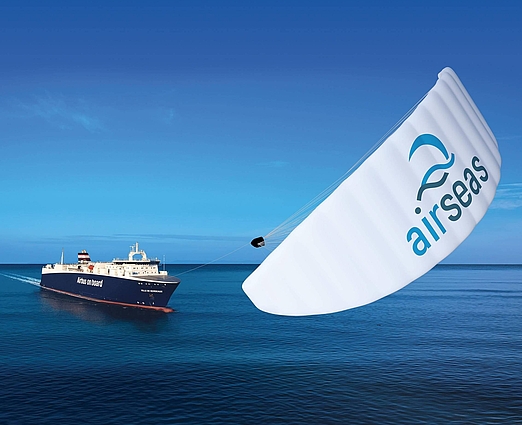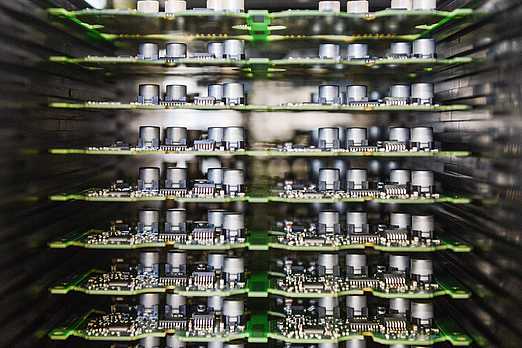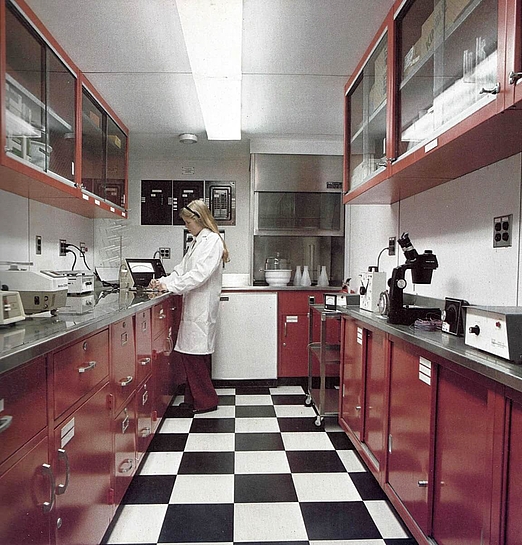“...packaging is always a compromise”
- Interviews
Dr. Johannes Bergmair is General Secretary of the World Packaging Organization and an expert in the field of packaging technology. We talked to him about "good" and "bad packaging" and which aspects make up successful packaging. You will be amazed how many factors have to be considered in the design and how difficult it is to bring all requirements under one roof. Find out more about "intelligent" packing units, recyclable raw materials and what a millennia-old, decorated coconut has to do with it.
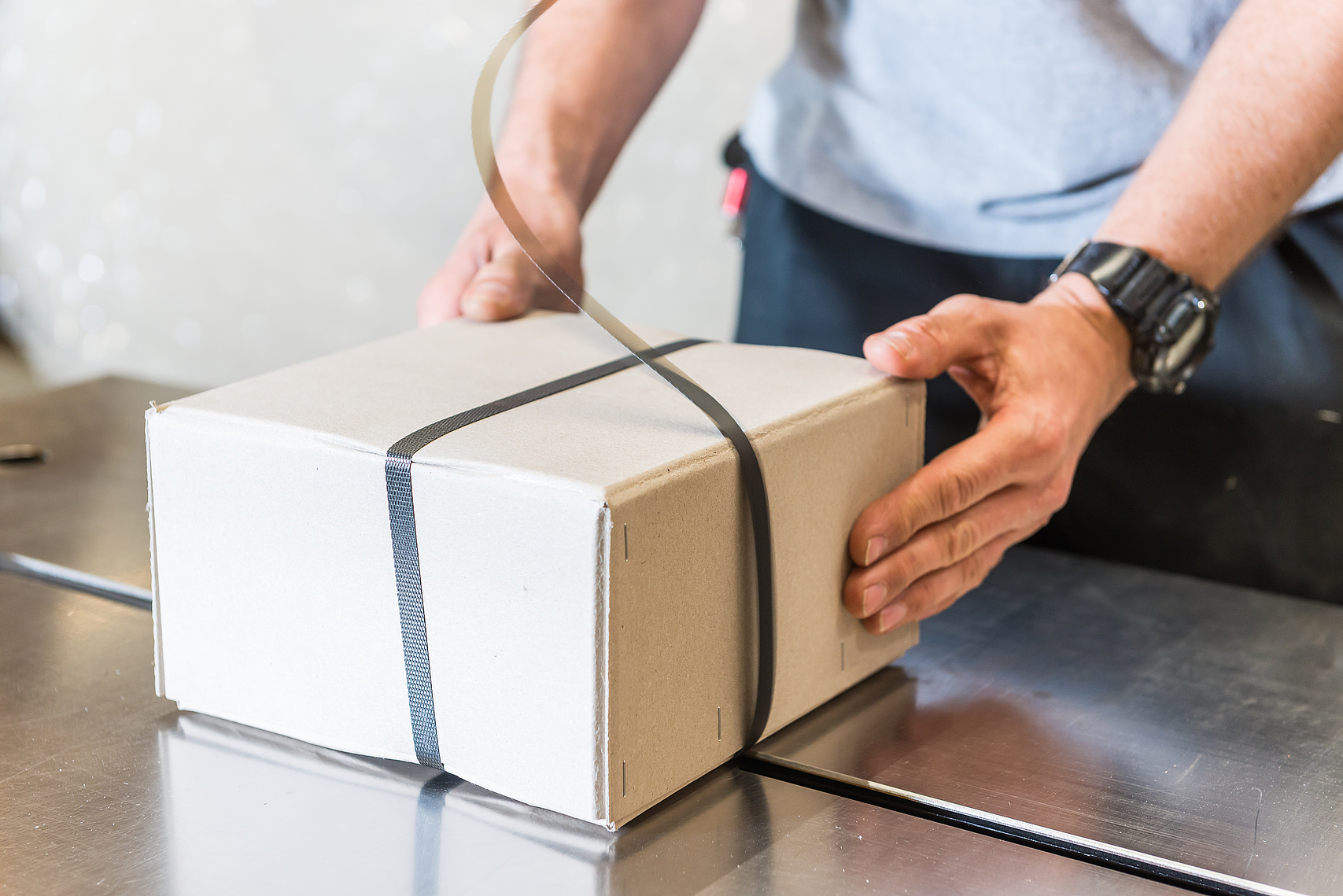
“However, experience shows that as soon as one large provider or corporation decides to implement a new standard, its competitors quickly follow suit. Such technology breakthroughs can happen very quickly in the packaging industry and it will be exciting to see which direction new solutions will come from.”
Johannes Bergmair about innovations and "AIP" (active, intelligent packaging)
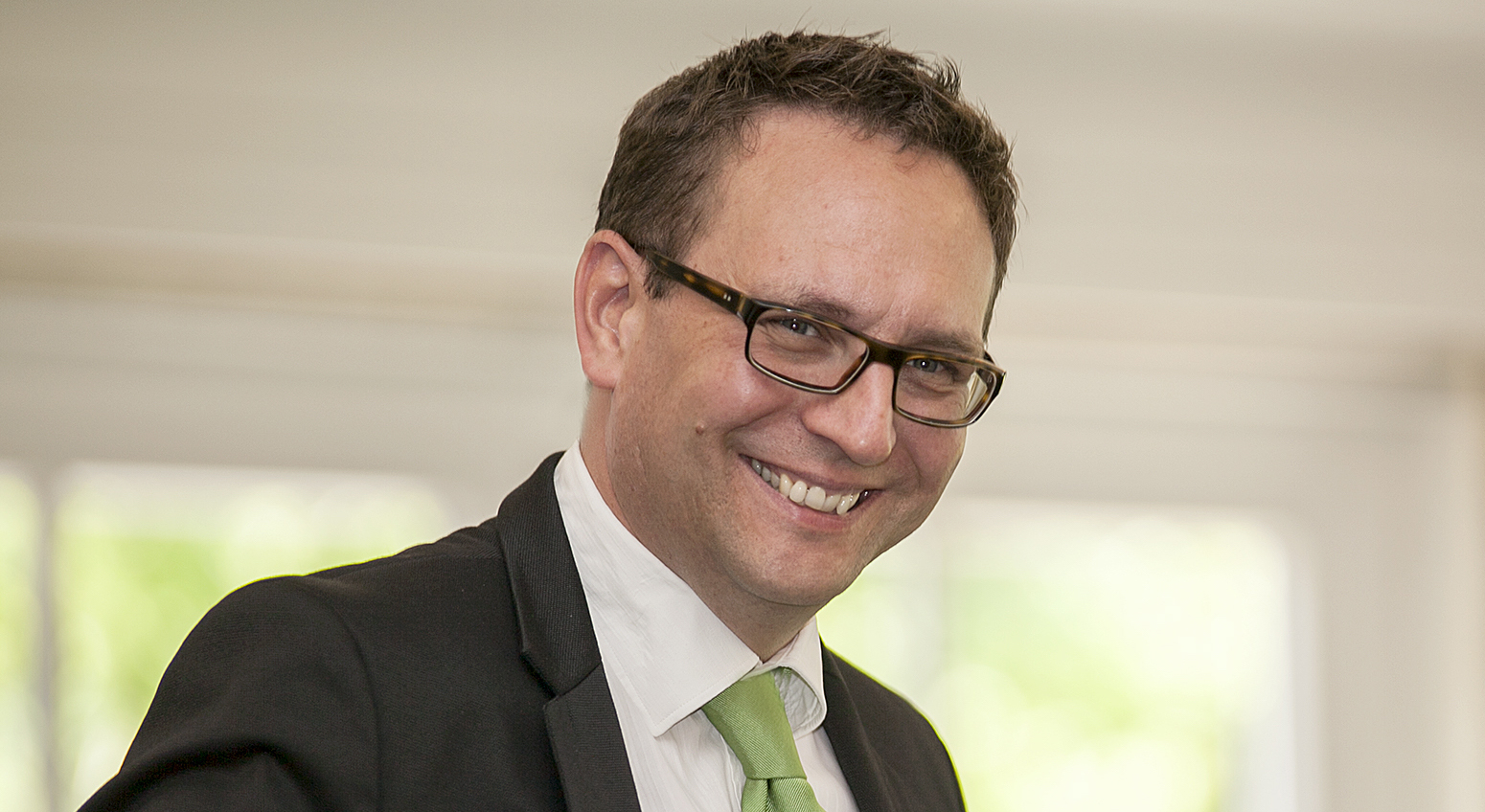
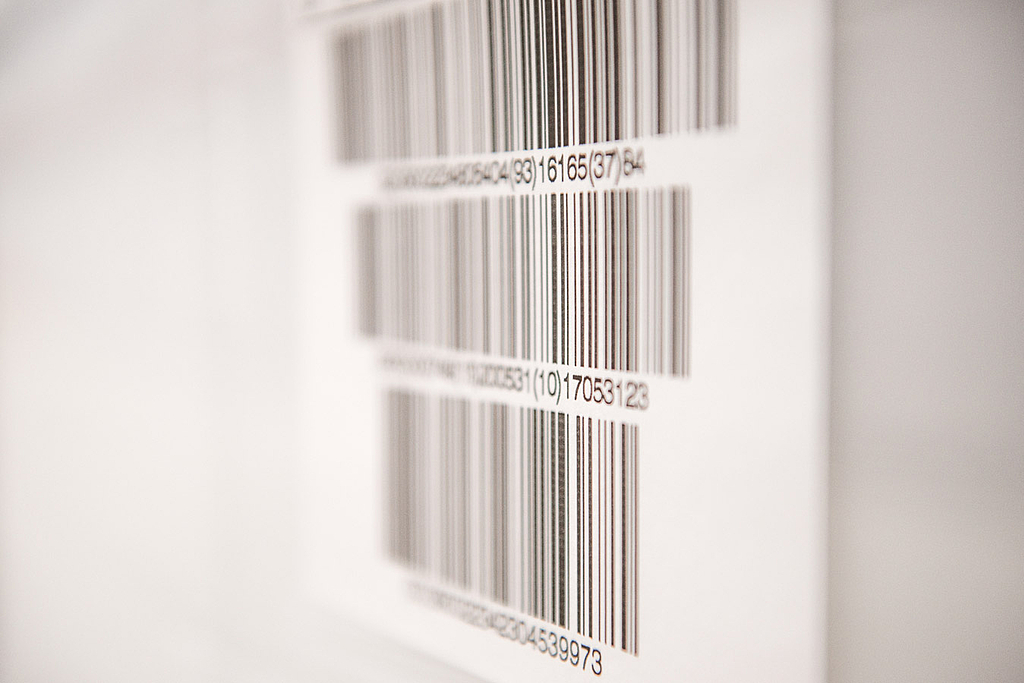
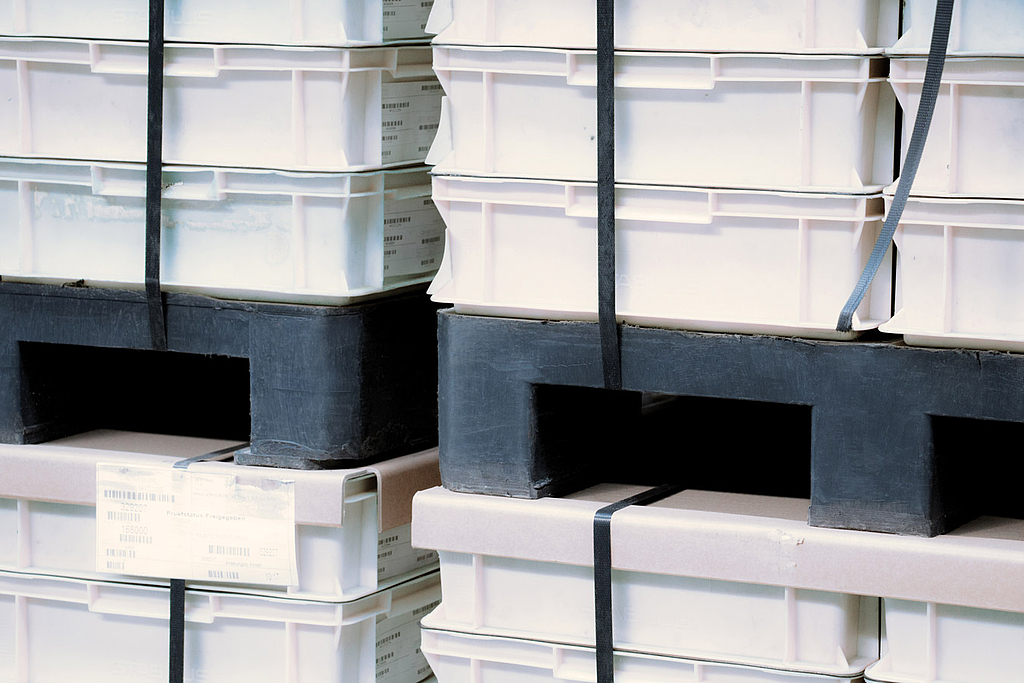
We offer specialized logistics solutions and warehousing facilities for the requirements of a range of industries.
Uniform standards in all of our logistics centers around the world ensure high quality and reliability. Benefit from our comprehensive network of warehouses in Europe, Asia and the USA.
Find out more
